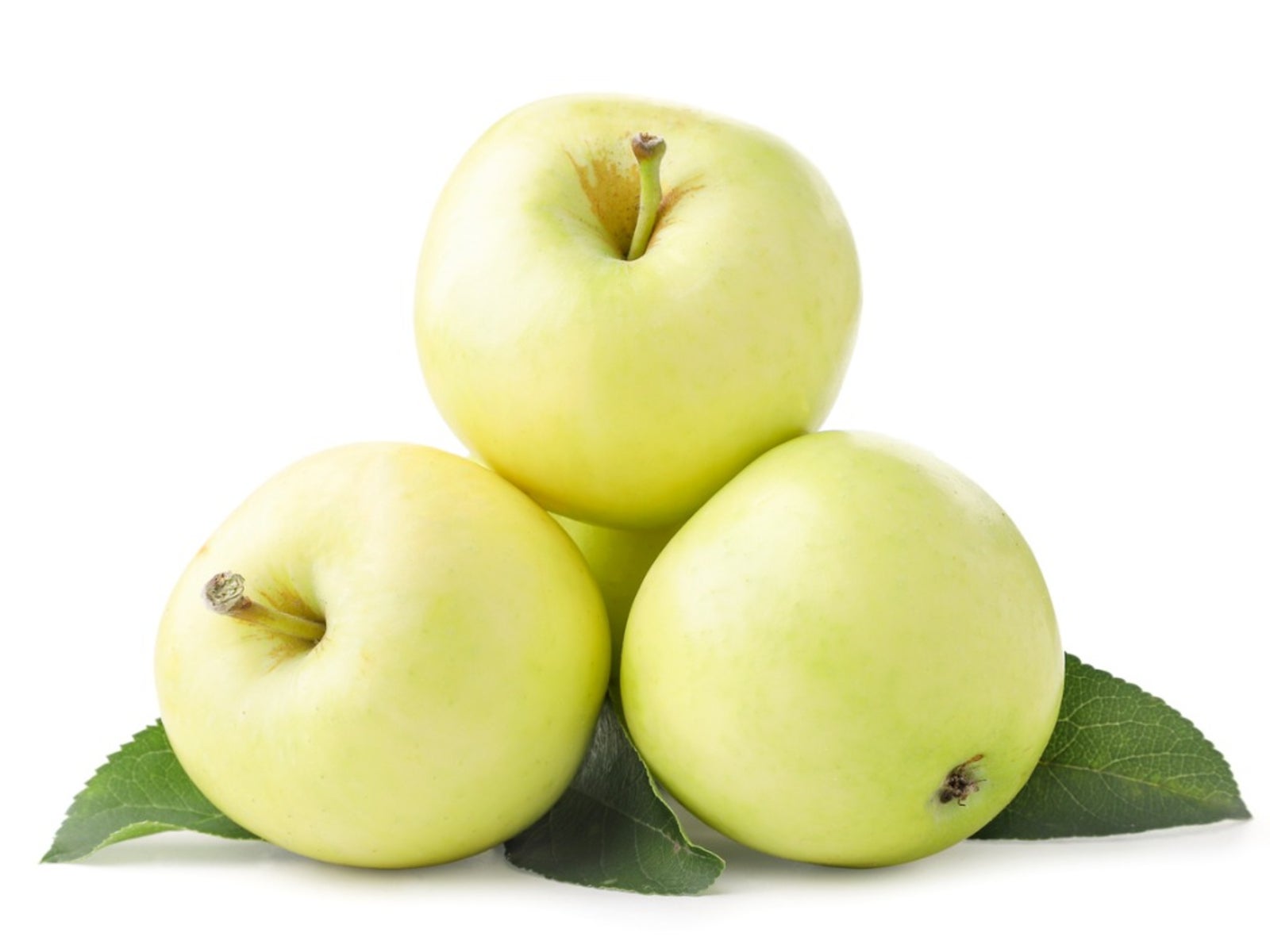Honeygold Apple Info: Learn How To Grow Honeygold Apple Trees


One of the joys of autumn is having fresh apples, especially when you can pick them from your own tree. Those in more northern areas are told they cannot grow the Golden Delicious tree because it cannot take the cold temperatures there. There is a cold hardy substitute, however, for gardeners in colder spots who wish to grow apples. Honeygold apple info says the tree can grow and produce successfully as far north as USDA hardiness zone 3. Honeygold apple trees can take low temps of -50 degrees F. (-46 C.). The flavor of the fruit is quite similar to Golden Delicious, only a bit blander. One source describes it as Golden Delicious with honey on it. Fruits have greenish yellow skin and are ready to pick in October.
Growing Honeygold Apples
Learning how to grow Honeygold apples is similar to growing other apple tree varieties. Apple trees are easy to grow and keep at a relatively small size with regular winter pruning. In spring, blossoms decorate the landscape. Fruits ripen in autumn and are ready to harvest. Plant apple trees in full to part sun in well-draining soil. Make a well around the tree to hold water. In home orchards, apple trees can be kept less than 10 feet (3 m.) tall and wide with winter pruning but will grow larger if allowed. Keep the soil moist until the Honeygold apple tree is established.
Honeygold Apple Tree Care
Newly planted apple trees need regular water, about once to twice per week depending on the weather and soil. Hot temperatures and high winds will cause faster evapotranspiration, requiring more water. Sandy soils drain faster than clay and will also require more frequent water. Reduce the frequency of irrigation in the fall as temperatures cool down. Discontinue water in the winter while the apple tree is dormant. Once established, trees are watered every seven to ten days or once every two weeks by soaking the root zone. This guideline is the same for drought conditions, as apple trees do not need a high amount of water. Keeping soil moist is ideal rather than bone dry or saturated. How often and how much water depends on the size of the tree, time of year, and type of soil. If watering with a hose, fill your watering well twice, so water goes down deep rather than watering too frequently. If watering with sprinklers, bubblers, or drip system it is better to water long enough to reach field capacity, rather than providing little water frequently. Prune your Honeygold apple tree in winter. In home orchards, most keep their apple trees less than 10 to 15 feet (3-4.5 m.) tall and wide. They can grow larger, given the time and space. An apple tree can grow to 25 feet (8 m.) in 25 years. Fertilize organically in the winter with flower and bloom fruit tree food to help increase springtime blossoms and autumn fruits. Use organic fruit tree growth fertilizers in the spring and summer to keep leaves green and healthy.
Sign up for the Gardening Know How newsletter today and receive a free copy of our e-book "How to Grow Delicious Tomatoes".

Becca Badgett was a regular contributor to Gardening Know How for ten years. Co-author of the book How to Grow an EMERGENCY Garden, Becca specializes in succulent and cactus gardening.